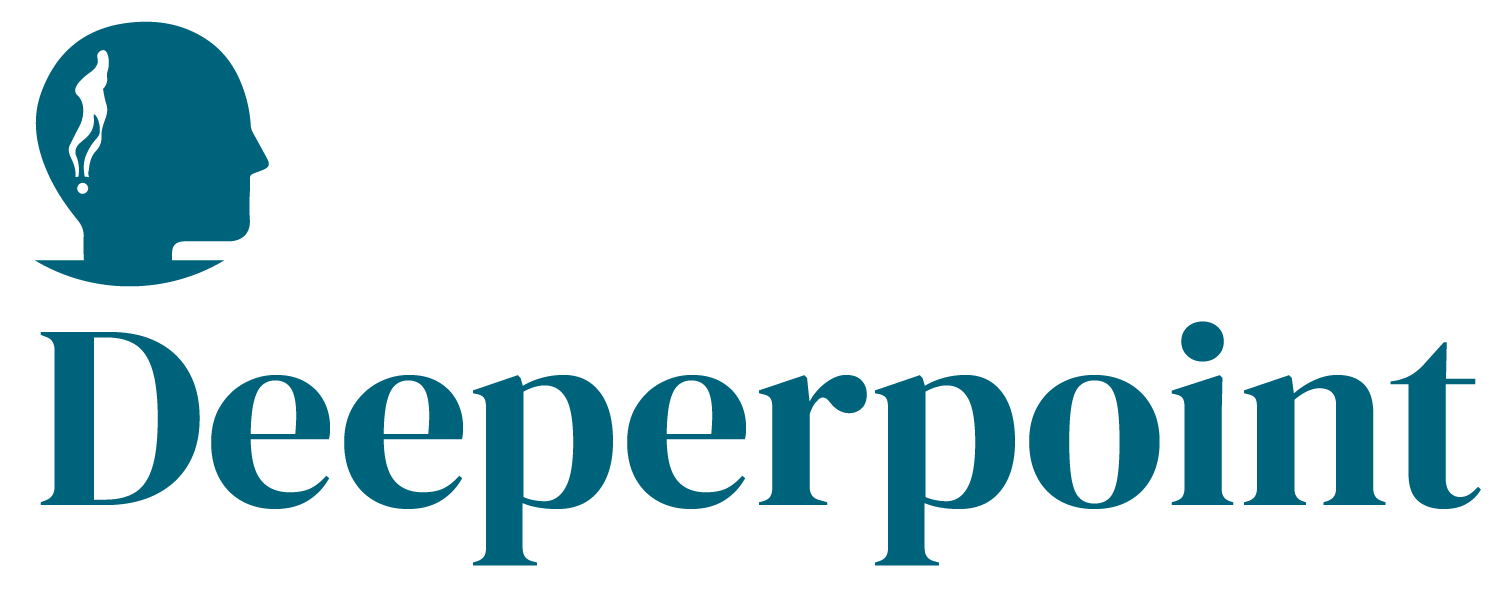Vision
RHSE extends the reach of specialized medical expertise so that rural and remote patients receive timely, high quality guidance without leaving their communities. The exchange fractionalizes access to specialists—cardiology, oncology, dermatology, pediatrics—through secure remote consults and periodic rotations. For sponsors, this is a pragmatic path to equity: better outcomes at lower total system cost, fewer preventable transfers, and a more resilient care network that leverages underutilized expert capacity in cities while upskilling rural care teams.
Problem
Patients in remote regions face long travel times, deferred screenings, and referral bottlenecks that compound disease burden. Clinicians carry wide scopes without consistent access to specialty backup, increasing stress and variability. Health systems spend more on emergency care while missing chances for early intervention. Data remains siloed across EMRs, imaging systems, and paper charts, making coordination slow and error prone. Sponsors and ministries struggle to fund models that clearly demonstrate throughput, continuity, and cost avoidance across jurisdictions.
Solution
Cosolvent structures compliant onboarding, credential checks, and scheduling while enabling LLM+RAG workflows for case preparation and follow-up. Clinics can upload chart notes, diagnostic images, and lab reports; the system surfaces relevant history, flags missing information, and retrieves protocol snippets in response to natural language questions. Specialists receive concise, context rich briefs and can link recommendations to the evidence extracted from uploaded files. ClientSynth generates realistic synthetic patient panels and referral flows to stress test capacity planning, turnaround times, and quality metrics before large rollouts. This combination reduces friction in triage, builds sponsor confidence, and shortens the interval from pilot funding to measurable clinical impact.
Business Model
Funding models include regional subscriptions and shared savings agreements tied to avoided transfers and readmissions. Sponsoring health authorities and insurers can underwrite access for priority populations, while academic partners license de-identified, privacy-preserving aggregates for research under governance. Transparent unit economics and verifiable performance dashboards meet sponsor requirements for accountability and scalable ROI.
